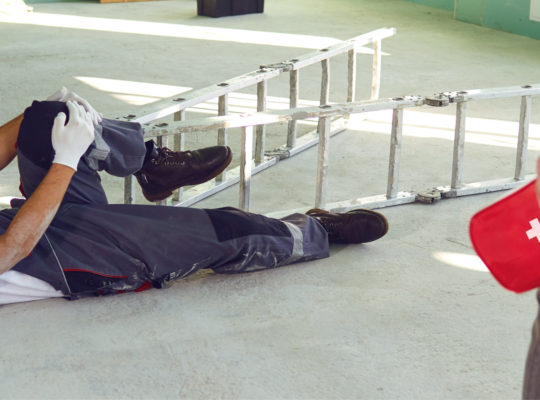How to Use Ice Packs to Treat Injuries?
Injuries happen when we least expect them, and they often bring discomfort, pain, and swelling. Whether from a sports mishap, a fall, or a daily activity gone wrong, the first step to relief usually involves quick and effective pain management. Ice packs, known for reducing swelling and numbing sore spots, can be lifesavers. Using ice …



